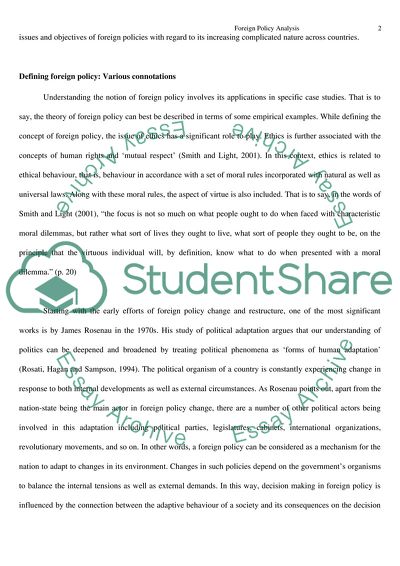Cite this document
(International Integration: Economic Integration Between Countries Research Paper, n.d.)
International Integration: Economic Integration Between Countries Research Paper. Retrieved from https://studentshare.org/politics/1562561-2-essay-of-2500-word-just-choose-from-the-list
International Integration: Economic Integration Between Countries Research Paper. Retrieved from https://studentshare.org/politics/1562561-2-essay-of-2500-word-just-choose-from-the-list
(International Integration: Economic Integration Between Countries Research Paper)
International Integration: Economic Integration Between Countries Research Paper. https://studentshare.org/politics/1562561-2-essay-of-2500-word-just-choose-from-the-list.
International Integration: Economic Integration Between Countries Research Paper. https://studentshare.org/politics/1562561-2-essay-of-2500-word-just-choose-from-the-list.
“International Integration: Economic Integration Between Countries Research Paper”, n.d. https://studentshare.org/politics/1562561-2-essay-of-2500-word-just-choose-from-the-list.


